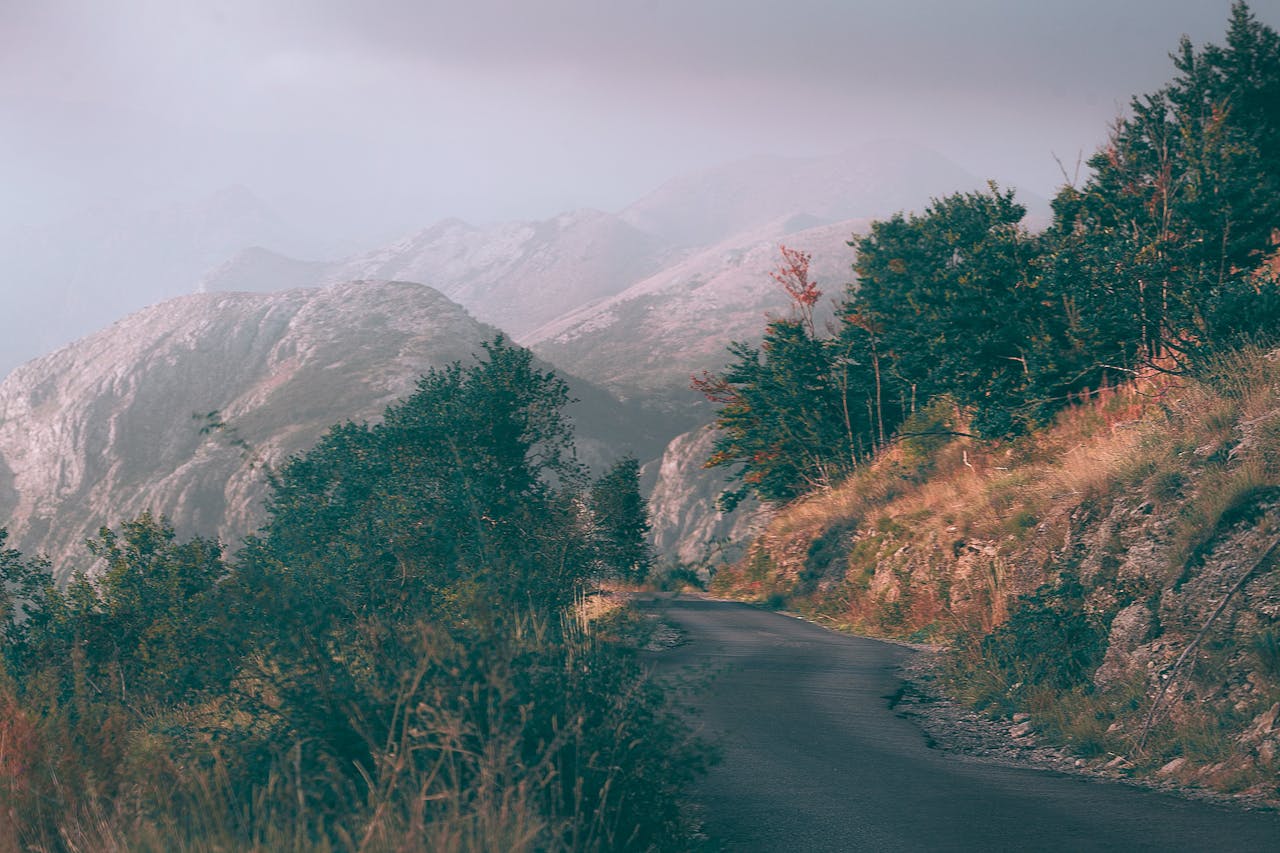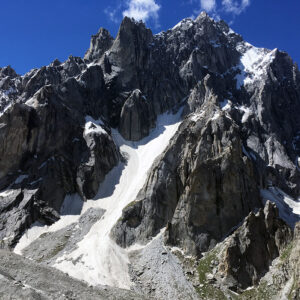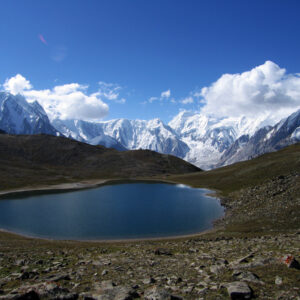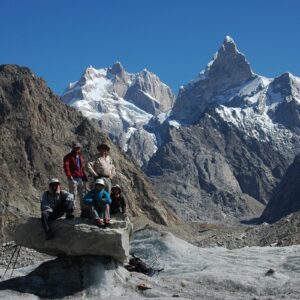Description
The Great Silk Route, an ancient network of trade pathways connecting the East and West, has been a symbol of cultural exchange, commerce, and adventure for centuries. This historic route traverses diverse landscapes, including deserts, mountains, and vibrant cities, offering a journey rich in history, culture, and natural beauty.
Why Explore the Great Silk Route?
Historical Significance The Silk Route was a major conduit for the exchange of goods, ideas, and cultures between civilizations. Exploring this route provides a deep understanding of our shared global heritage.
Cultural Richness Encounter diverse cultures, traditions, and cuisines. Each region along the route offers unique experiences, from ancient architecture to local crafts and vibrant markets.
Scenic Beauty Travel through stunning landscapes, from the deserts of Central Asia to the snow-capped peaks of the Himalayas. The route offers a visual feast for nature lovers and adventure enthusiasts.
Highlights of the Great Silk Route
Starting Point: Xi’an, China Begin your journey in Xi’an, the eastern terminus of the Silk Route. Visit the iconic Terracotta Warriors and explore the ancient city walls and bustling markets.
Desert Wonders: Dunhuang and the Mogao Caves Travel through the Gobi Desert to Dunhuang, home to the spectacular Mogao Caves. These ancient grottoes house thousands of Buddhist artworks and manuscripts.
Kashgar: Crossroads of Cultures Reach Kashgar, an ancient trading hub on the Silk Route. Explore its vibrant markets, historic mosques, and the stunning Id Kah Mosque. Experience the rich blend of Uyghur culture.
Central Asian Treasures: Samarkand and Bukhara Continue to Uzbekistan and discover the architectural wonders of Samarkand and Bukhara. Marvel at the majestic Registan Square, ancient madrasahs, and bustling bazaars.
Persian Splendor: Tehran and Isfahan Travel to Iran and explore Tehran’s museums and Isfahan’s stunning Islamic architecture. Visit the grand Imam Square and the historic bridges over the Zayandeh River.
Journey’s End: Istanbul, Turkey Conclude your Silk Route adventure in Istanbul, a city where East meets West. Explore the Hagia Sophia, the Blue Mosque, and the bustling Grand Bazaar.
Preparing for Your Silk Route Adventure
Travel Documentation Ensure you have all necessary travel documents, including passports, visas, and any required permits for the countries you will visit. Check entry requirements well in advance.
Health and Safety Consult with a healthcare provider about vaccinations and health precautions. Carry a first aid kit, and be prepared for varying climates and altitudes along the route.
Packing Essentials Pack appropriate clothing for diverse weather conditions, comfortable walking shoes, and travel essentials. Include a good travel guide, maps, and translation tools.
Tips for a Memorable Silk Route Journey
Stay Hydrated and Nourished Carry enough water and snacks for long travel days. Try local cuisines but ensure they are from reputable places to avoid foodborne illnesses.
Engage with Locals Interact with local communities to gain insights into their culture and traditions. Learning a few basic phrases in the local languages can enhance your experience.
Document Your Journey Keep a travel journal and take plenty of photographs to document your experiences. These memories will be invaluable souvenirs of your adventure.
Exploring the Great Silk Route offers an unparalleled journey through history, culture, and breathtaking landscapes. This adventure will enrich your understanding of the world and leave you with unforgettable memories. Prepare well, travel safely, and immerse yourself in the wonders of this historic route.
Itinerary
Explore the Capital City Faisal Mosque: Visit Pakistan's largest mosque, an architectural marvel set against the backdrop of the Margalla Hills. Daman-e-Koh: Enjoy panoramic views of Islamabad from this popular viewpoint. Pakistan Monument: Learn about the country's history at this national symbol.
Discover the Historic City of Peshawar Qissa Khwani Bazaar: Explore the "Bazaar of Storytellers," a vibrant market with a rich history. Peshawar Museum: View an extensive collection of Gandharan art and artifacts. Bala Hisar Fort: Visit this historic fort for a glimpse into Peshawar's past.
Journey to the Land of the Kalash Lowari Pass: Cross this scenic mountain pass to reach Chitral. Chitral Fort: Explore the historic fort and its surroundings. Kalash Valleys: Visit the unique Kalash communities and experience their distinct culture and traditions.
Travel Through the Stunning Hunza Valley Shandur Pass: Known as the "Roof of the World," this high mountain pass offers spectacular views. Gahkuch: Stop in this charming town on your way to Gilgit. Gilgit Bazaar: Explore the bustling market and interact with the friendly locals.
Explore the Heart of the Hunza Valley Rakaposhi View Point: Enjoy breathtaking views of the Rakaposhi peak. Baltit Fort: Visit this ancient fort in Karimabad for a deep dive into the region's history. Altit Fort: Explore the restored Altit Fort and its beautiful gardens.
Discover the Beauty of Skardu Karakoram Highway: Travel along this legendary route, surrounded by majestic peaks. Shigar Fort: Visit this 17th-century fort, now a luxurious heritage hotel. Satpara Lake: Enjoy the serene beauty of this crystal-clear lake.
Explore the Historic Town of Khaplu Khaplu Palace: Discover the royal residence of the Yabgo dynasty, now a heritage hotel. Chaqchan Mosque: Visit one of the oldest mosques in the region, dating back to the 14th century. Hushe Valley: Experience the stunning landscapes and traditional villages of this beautiful valley.
Conclude Your Silk Route Adventure Flight from Skardu: Take a scenic flight back to Islamabad, offering spectacular aerial views of the mountains. Relax in Islamabad: Spend your final day in Islamabad, reflecting on your incredible journey through the Silk Route in Pakistan.
Location
Faq
The best time to travel the Silk Route is during spring (April to June) and autumn (September to October), when the weather is mild and the landscapes are at their most beautiful.
Yes, some regions along the Silk Route require special permits, especially in remote or restricted areas. Ensure you check the requirements and obtain the necessary permits in advance.
Accommodation ranges from luxury hotels in major cities to guesthouses and homestays in smaller towns and rural areas. Booking in advance is recommended during peak travel seasons.
Mobile network coverage varies, but major cities and towns usually have good connectivity. Consider purchasing a local SIM card for data and communication. Wi-Fi is available in most hotels and cafes.
Generally, the Silk Route is safe for travelers. However, it's important to stay informed about current travel advisories, respect local customs, and take necessary precautions to ensure your safety.
Pack versatile clothing suitable for varying weather conditions, sturdy walking shoes, a first aid kit, travel documents, and a reliable camera. Don't forget essential toiletries and any personal medications.
Major cities have currency exchange facilities and ATMs. Carry some local currency for smaller towns and markets. Credit cards are accepted in many places, but it's good to have cash on hand.
Yes, solo travel is possible and can be a rewarding experience. However, joining a guided tour or traveling with a group can provide additional safety and logistical support.
The Silk Route offers a diverse culinary experience. Enjoy traditional Chinese, Central Asian, Persian, and Turkish cuisines. Be adventurous but cautious with street food to avoid any health issues.
While English is spoken in many tourist areas, knowing basic phrases in local languages can be helpful. Carry a translation app or phrasebook to assist with communication.
Key attractions include the Terracotta Warriors in Xi'an, Mogao Caves in Dunhuang, Registan Square in Samarkand, Imam Square in Isfahan, and the Hagia Sophia in Istanbul.
The entire journey can take anywhere from 3 to 5 weeks, depending on the route and the pace of travel. Customize your itinerary to fit your interests and schedule.
Transportation options include flights, trains, buses, and private vehicles. Trains and buses are common for long distances, while private vehicles offer more flexibility.
Respect local customs, dress modestly, and be mindful of cultural sensitivities. Engaging respectfully with locals will enhance your travel experience.
The Silk Route was a major trade network that facilitated the exchange of goods, ideas, and cultures between East and West, significantly shaping the history and development of the civilizations it connected.
Yes, you can customize your itinerary based on your interests, time constraints, and travel preferences. Contact travel agencies or tour operators for personalized plans.
Border crossings can be time-consuming. Ensure all your documents are in order, and be prepared for security checks and customs procedures. Patience and politeness can ease the process.














